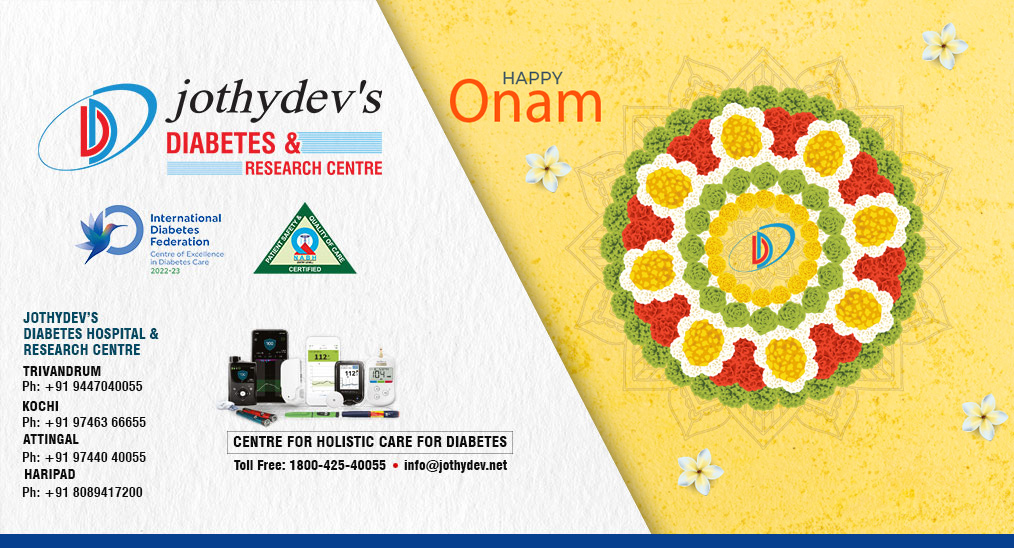1. New guidelines from AACC & ADA on laboratory measures of diabetes diagnosis & management

Several laboratory tests are used in the diagnosis and management of diabetes. However, the quality of the scientific evidence supporting the use of these assays varies substantially. An expert committee compiled evidence-based recommendations for laboratory analysis in screening, diagnosis, or monitoring of diabetes. The guidelines mainly focus on the practical aspects of care in order to assist with decisions regarding the use or interpretation of laboratory tests while screening, diagnosing, or monitoring patients with diabetes.
The content of the new guidelines gave emphasis on diabetes diagnosis which can be demonstrated by increased concentrations of glucose in venous plasma or increased HbA1c in the blood. Similarly the guidelines addresses gaps in glycemic monitoring by the people with diabetes measuring their own blood glucose with meters and/or with continuous interstitial glucose monitoring (CGM) devices and also by laboratory analysis of HbA1c. The potential roles of noninvasive glucose monitoring, genetic testing, and measurement of ketones, autoantibodies, urine albumin, insulin, proinsulin, and C-peptide are also addressed.
The guidelines provide specific recommendations based on published data or derived from expert consensus. Several analytes are found to have minimal clinical value at the present time, and measurement of them is not recommended.
For enquiries info@jothydev.net.
Please visit: jothydev.net | research.jothydev.com | diabscreenkerala.net | jothydev.com/newsletter




